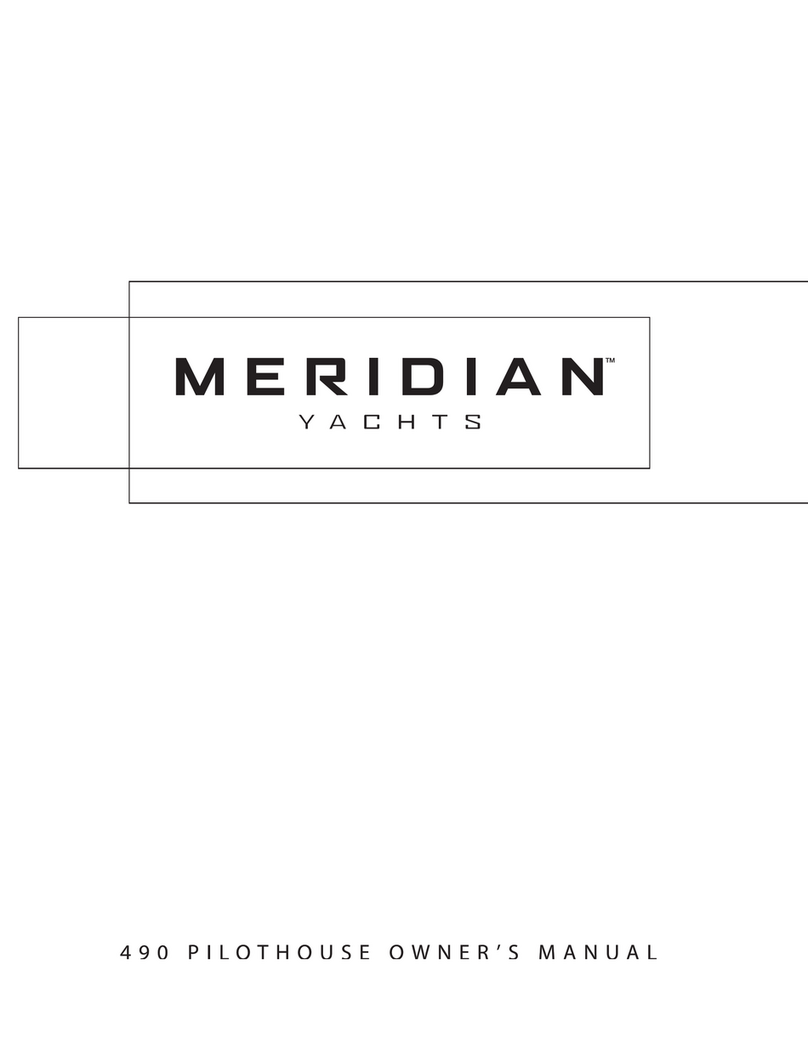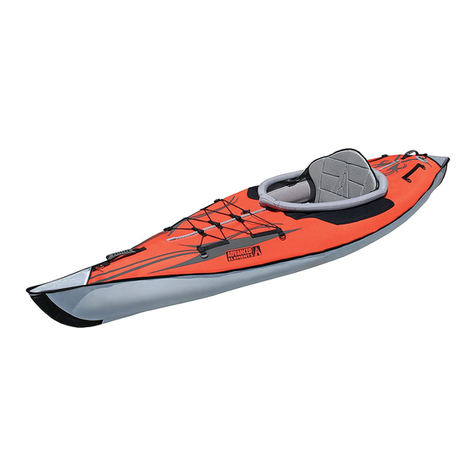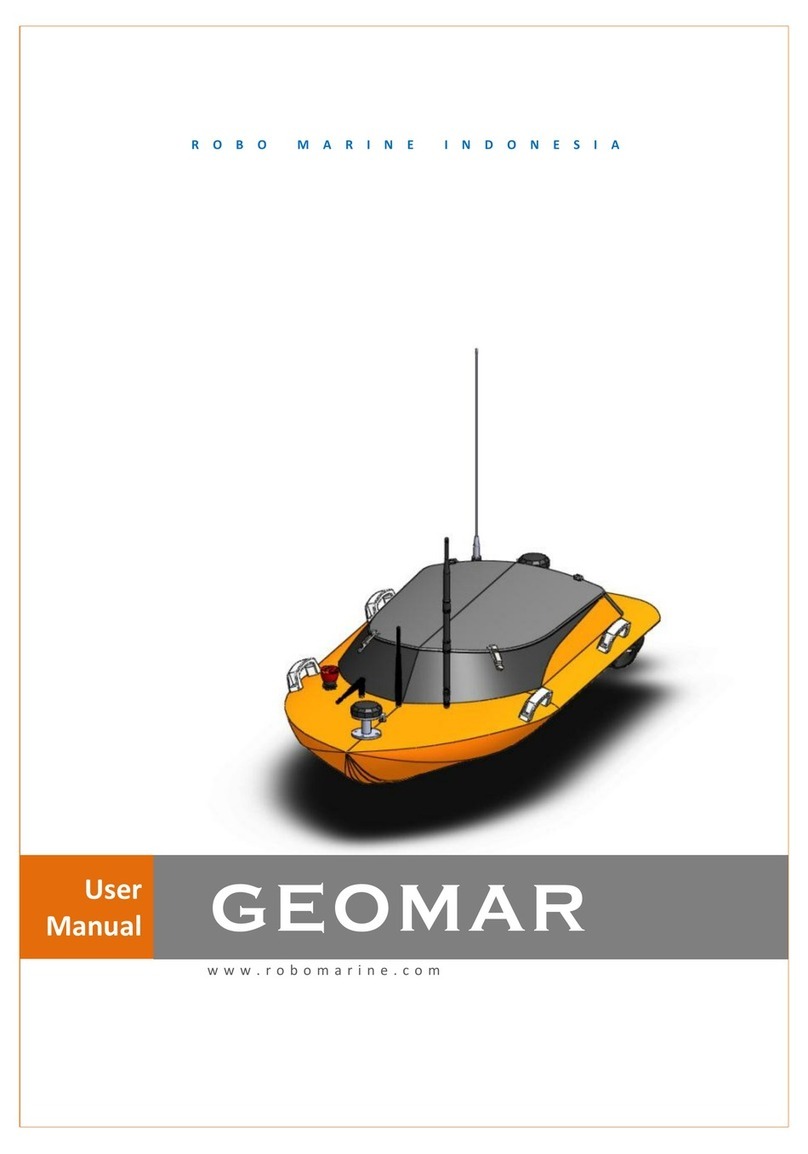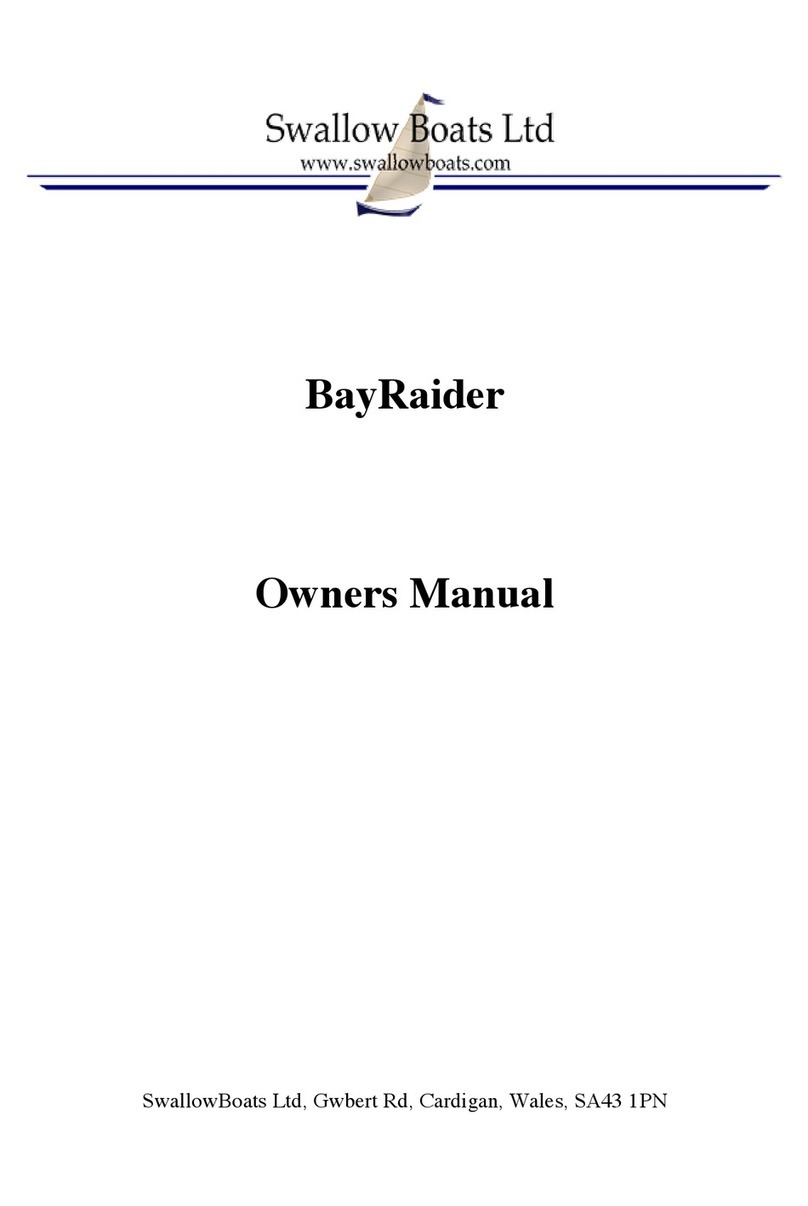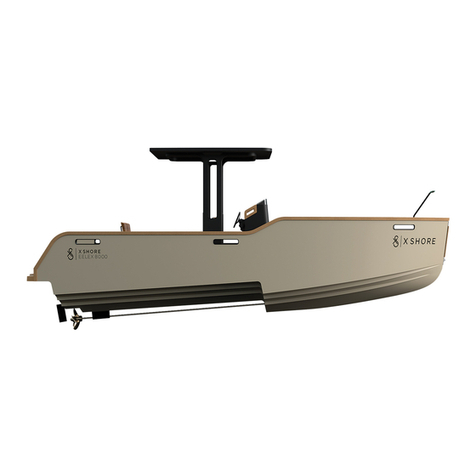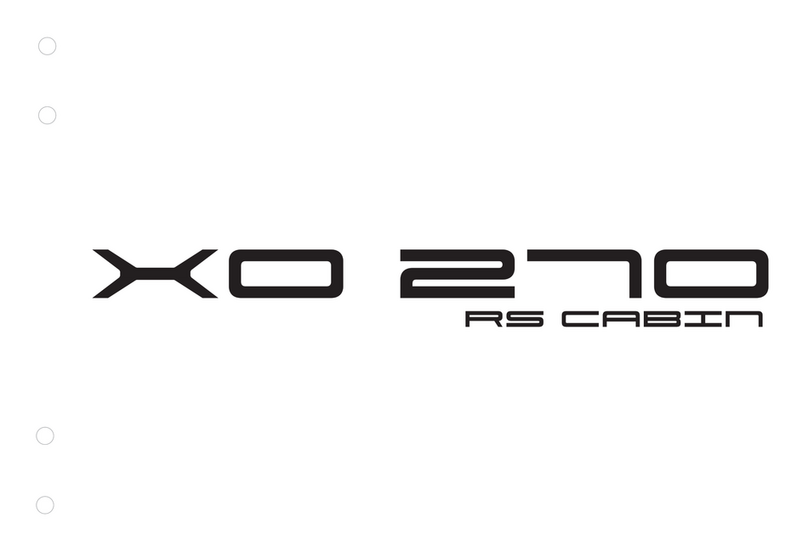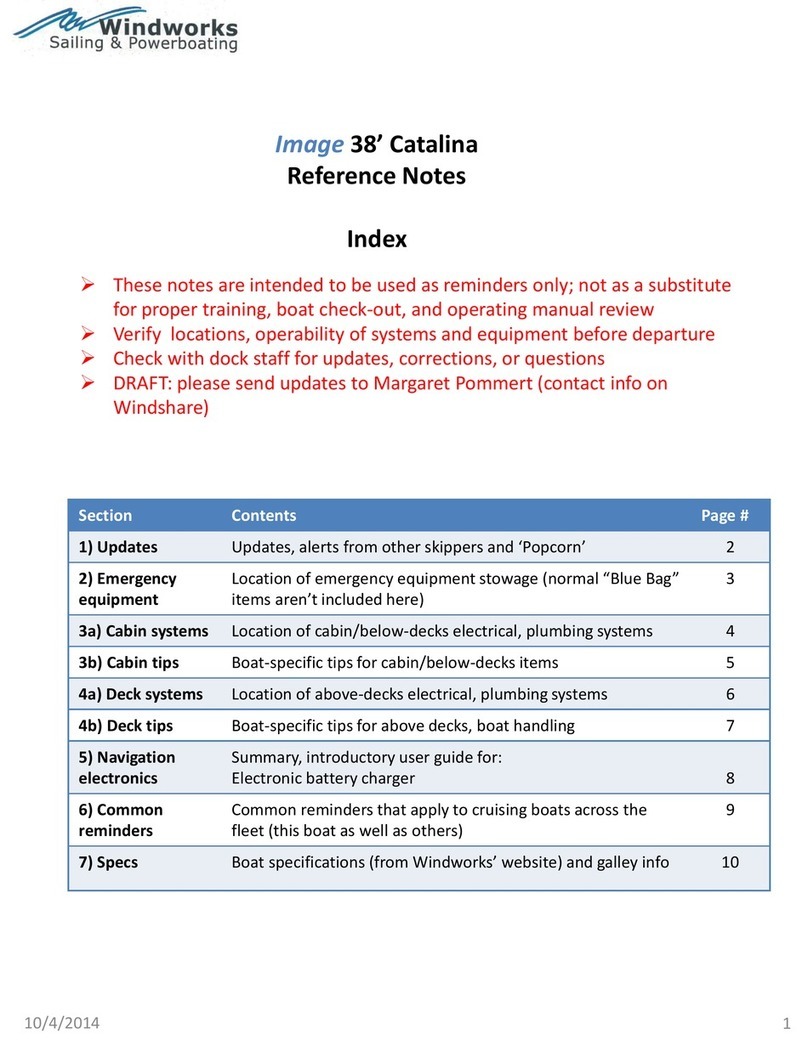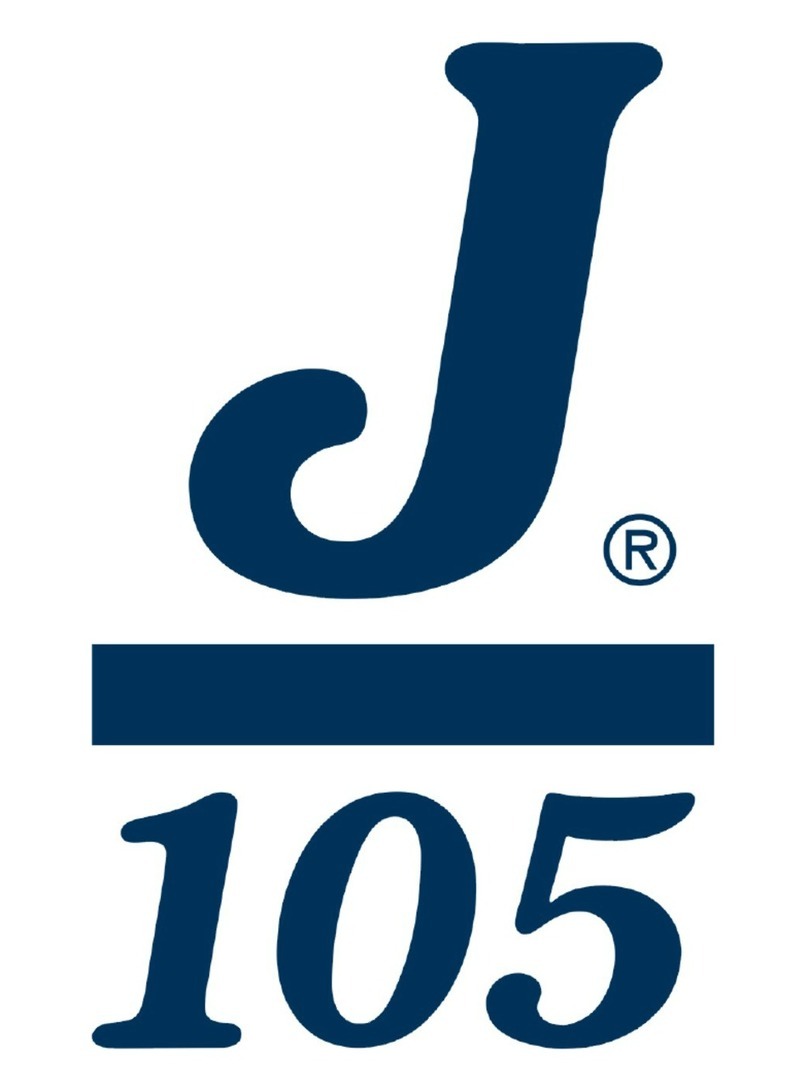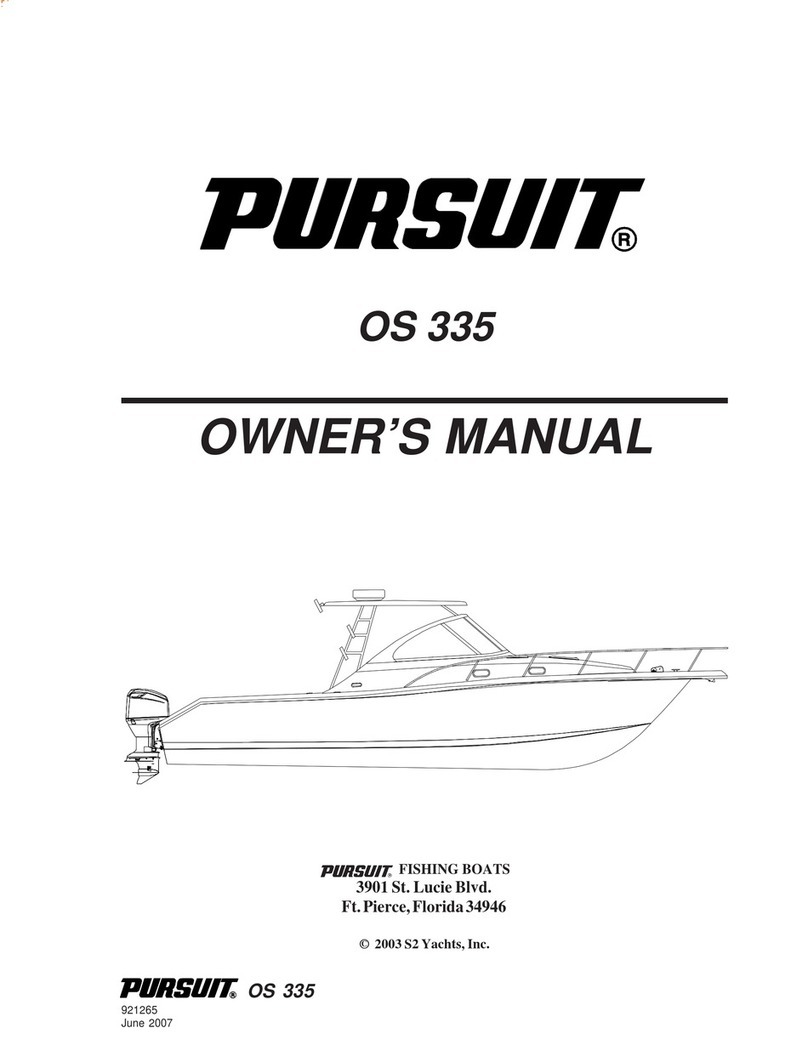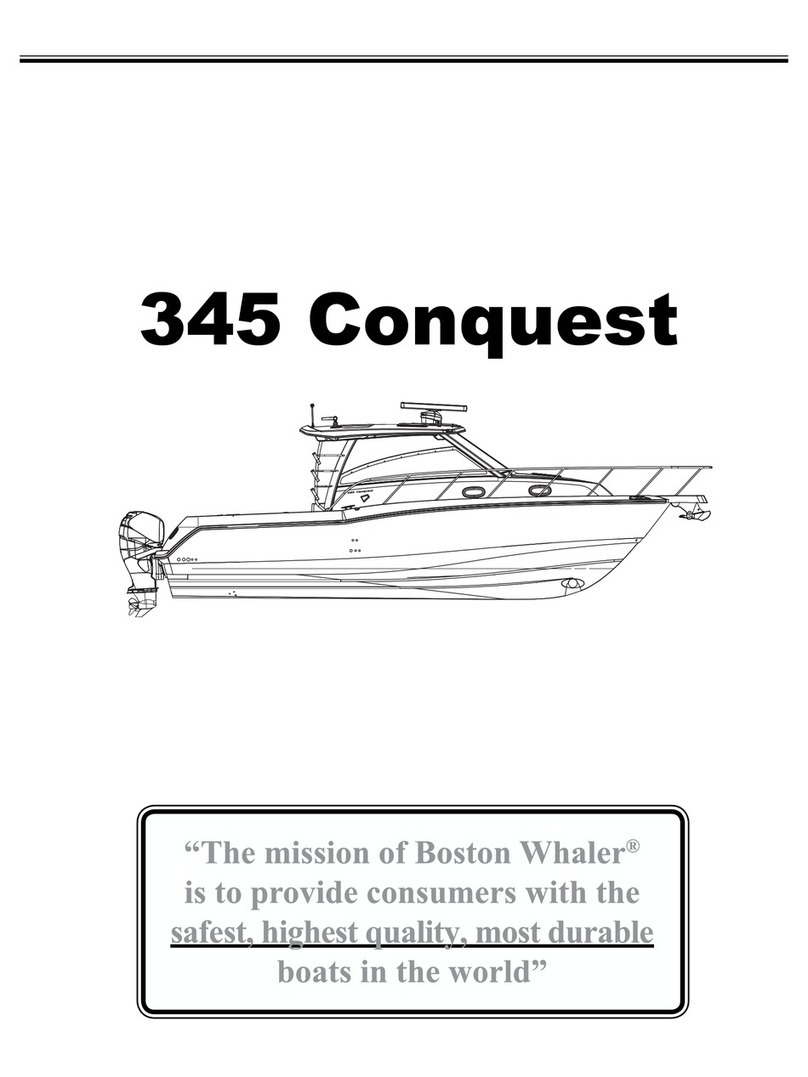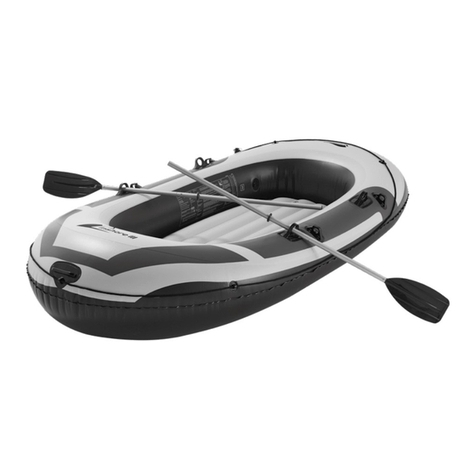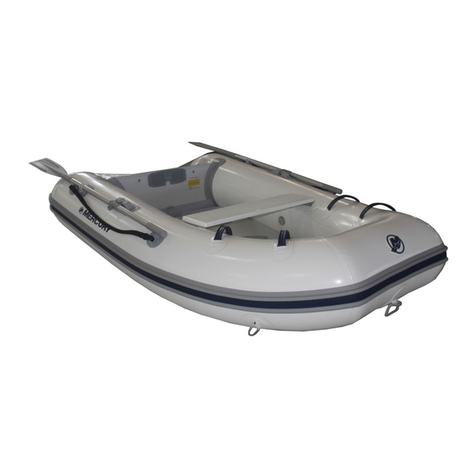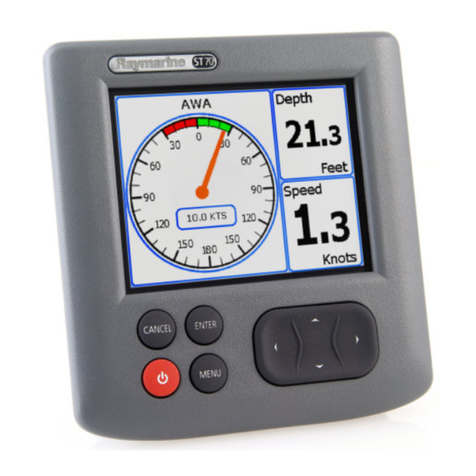4
XO BOATS ........................................................................3
NTENTS ...........................................................................4
1 BEFORE DEPARTURE............................................... 7
2 GENERAL ...................................................................8
3 WARRANTY ...............................................................9
3.1 BEFORE USING YOUR BOAT...................................................9
3.1.1 Registration ..............................................................................9
3.1.2 Insurance....................................................................................9
3.1.3 Training.........................................................................................9
4 BOAT CHARACTERISTICS ...................................... 10
4.1 PRINCIPAL BOAT DATA .......................................................10
4.2 MAIN DIMENSIONS AND CAPACITY.............................11
4.2.1 Builder’s plate..........................................................................11
4.2.2 Load capacity......................................................................... 12
4.2.3 Engine and propeller......................................................... 13
4.3 DRAINING SYSTEMS............................................................ 13
4.4 BILGE PUMPS AND DRAINAGE..................................... 13
4.5 STABILITY AND BUOYANCY.............................................16
4.6 HATCHES AND SEA-COCKS............................................16
5 SAFETY .................................................................... 18
5.1 MINIMIZING RISK OF FIRE AND EXPLOSION.......18
5.1.1 Responsibility of boat owner/operator.................18
5.2 FIRE EXTINGUISHER............................................................19
5.2.1 Servicing of fire-fighting equipment.....................20
5.3 LIFE RAFT STORAGE ............................................................ 21
5.3.1 Use of life raft......................................................................... 21
5.4 GENERAL SAFETY DIAGRAM ......................................... 21
6 ELECTRICAL SYSTEM.............................................22
6.1 12 V DC SYSTEMS.................................................................22
6.2 BATTERIES.................................................................................23
6.3 MAIN SWITCHES................................................................... 24
6.3.1 Main switches of the engine compartment.....25
6.4 FUSES...........................................................................................26
6.5 DIRECT SUPPLY SWITCHES ......................................... 26
6.5.1 Steering console switch and fuse panel............28
6.6 SHORE POWER.......................................................................30
6.7 HEAVY DUTY FUSES............................................................32
6.8 COMPONENTS OF THE ELECTRICAL SYSTEM..33
7 BOAT HANDLING .................................................... 34
7.1 HANDLING CHARACTERISTICS...................................34
7.1.1 Driving at high speed.......................................................34
7.2 HANDLING DEVICES ...........................................................35
7.2.1 Steering console’s switch panel..............................36
7.2.2 Switch panel in the corridor ........................................ 37
7.2.3 Windscreen wipers ........................................................... 37
7.2.4 Navigation ...............................................................................38
CONTENTS

